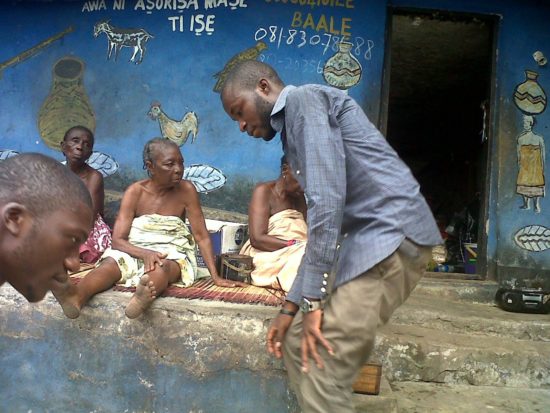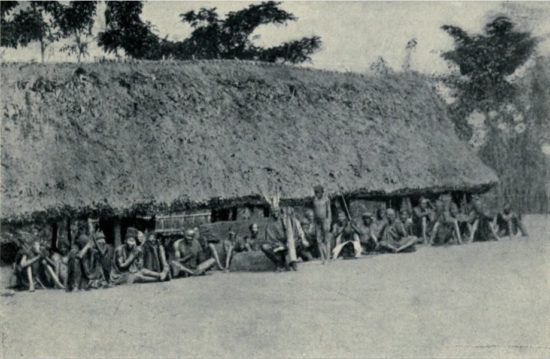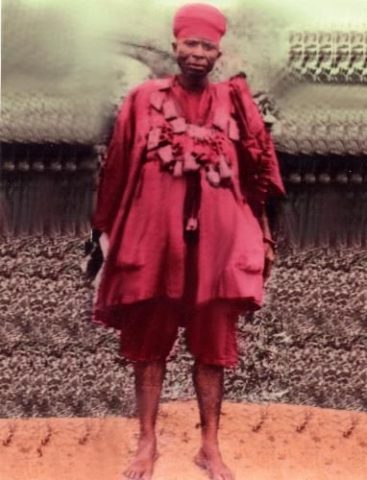Life And Time Of Shodeke | Egba History
Sodeke Was born in Iporo, in egba land, to a royal family. His Mother, Efuwo, was Alake of Egba Ake in the Egba forest’s daughter, the “Lelu Erigi” while his father was the Rogidi of Iporo.
During the Owu war between 1820-1825, Sodeke played a significant role. He sheltered and protected the people of Egba from any external attack from the Ife, Ijebus, or the Ibadan.
The Egba settlement at the Egba forest was eventually attacked by the Ife, Oyo, and Ijebu after their inter-tribal war against the Owu.
The type of government Egba-land operates shared equal rights to each Egba group. It made each group in Egba-land operate independently; there was no central leader. The Egba Ake leader is the Alake, while the Osile of Oko was the ruler of Egba oke-ona.
Life And Time Of Shodeke
During the invasion, thousands of Egba people were killed, while those captured were sold into the Atlantic slave trade. Survival of the attack came from hideouts and moved to a camp in Ibadan named Yeosa in groups. They formed an armed group to defend the civilians; the type Lisabi had created before 1800.
In the newly formed armed group, the command structure places its members under the leadership of chiefs like the Balogun (general commander). Lamodi was Egba’s Balogun in 1829 when he led egba people out of Ibadan, though Lamodi died not long after they arrived at Oke-Ona, en route to their new settlement.
Sodeke was the seriki of the egba army and took Balogun’s position after the death of Lamodi.
He led egba out of Oke-Ona, and they moved towards the Olumo rock in 1830. Three egba provinces existed during this time, Egba Alake, Oke-Ona, and Gbagura. The group maintained their old lineages, compounds, and they retained their former name. To make it impossible for an external invasion, Sodeke persuaded the Owus and the egba people displaced as a result of the war to move to Abeokuta and personally allotted plots of land to them.
Adele joined forces with the other Egbas to defeat the Ijebu army during the Owiwi war in 1832; also, the battle of Arakanga in 1834, the repel of the Dahomey army in 1844. Sodeke led these wars, and the egba military was regarded as the strongest in Yoruba Land during his reign.
Though the Egbas and the Owus planned to return to their original settlement, that’s why the Owus describe their homes as “Ago Owu” (Owu’s camp), and Egba new settlement is not Orile Egba as it was in the Egba forest.
Abeokuta became their permanent land after Sodeke led the egba warriors to repel three invasions that happened simultaneously.
The Ijebu in 1832, Ibadan in 1834, and Dahomey in 1844. However, Sodeke died on the 10th of January 1845, a few months after repelling Dahomey’s attack against the Egba land.
It can be argued that Sodeke is just like Lisabi, who liberated the Egba people.
The first Alake of Egba-Ake, Oba Okukenu, was crowned in 1854, Almost a decade after the death of Sodeke. Though Okukenu was not Sodeke’s successor, Ayikondu was appointed the war chief after the demise of Sodeke.
The problem the Egba had was the absence of a central administration whereby all provinces were independent of another.
Sodeke is remembered by the egba people as a statesman every year, just like Lisabi.










